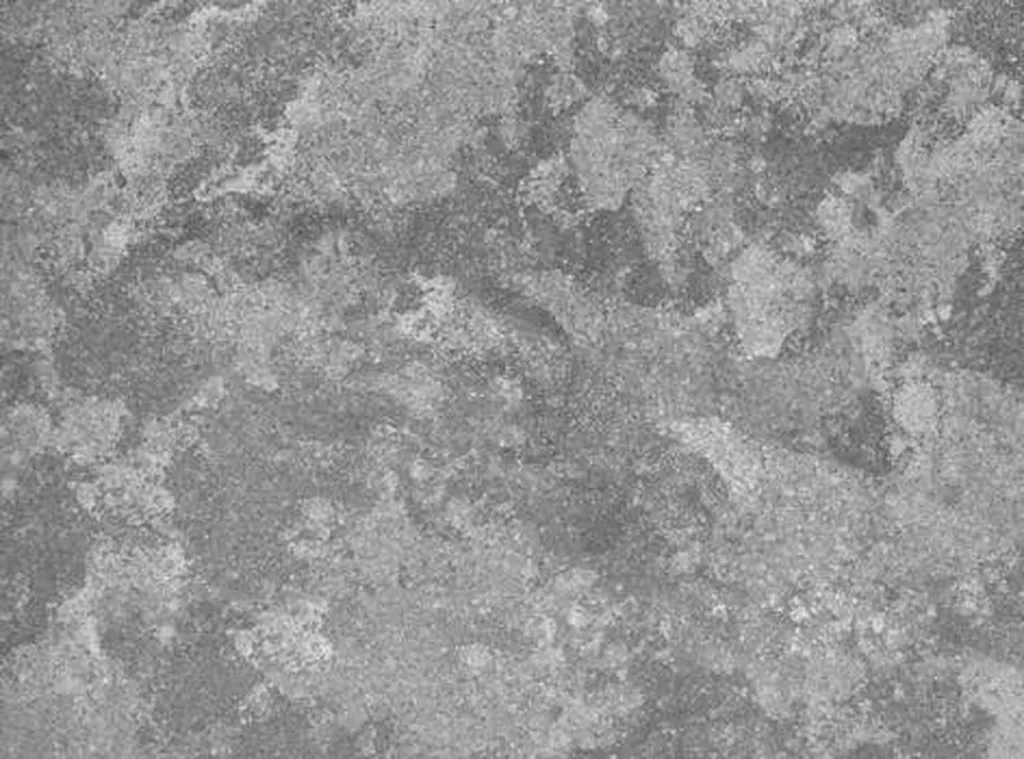In the heart of China’s bustling construction industry, a team of researchers has stumbled upon a novel way to turn waste into wealth, quite literally. Shuai Wang, a lead researcher from Wuhan Construction Engineering Group Co., Ltd., and his team have developed a composite cementitious material (CCM) that could revolutionize sludge solidification and waste management, offering significant commercial implications for the energy sector.
The team’s innovative approach involves mixing reclaimed activated micro powder of waste concrete with industrial solid waste, such as blast furnace slag and carbide slag. This concoction is then used to solidify sludge, a byproduct of wastewater treatment that’s often a nuisance to dispose of. The result? A material that’s not only environmentally friendly but also boasts impressive mechanical strength and durability.
“Our study demonstrates that it’s possible to create value from waste,” said Wang. “By transforming industrial byproducts and waste concrete into a high-performance cementitious material, we can address two major environmental challenges at once: construction waste and sludge disposal.”
The team’s experiments revealed that the optimal mix of CCM achieved unconfined compressive strength (UCS) values of 10.89 MPa after 7 days and 14.17 MPa after 28 days. When used to solidify sludge, the material met the bearing strength requirement for China’s first-class highways after just 14 days. Moreover, the solidified sludge exhibited excellent durability, with a water stability coefficient of 88.5% and even slightly increased UCS after freeze-thaw cycles.
The implications for the energy sector are substantial. The energy industry often grapples with large volumes of sludge and other waste byproducts. This new method could provide a cost-effective and eco-friendly solution for managing these materials, turning them into valuable resources rather than disposal problems.
The research, published in the journal *Frontiers of Built Environment* (translated from the original Chinese title), also sheds light on the microstructure of the solidified sludge. X-ray diffraction and Scanning Electron Microscopy-Energy Dispersive Spectrometer analyses revealed that hydration products such as ettringite, dicalcium silicate, and calcium aluminosilicate hydrate intertwined and cemented sludge particles, enhancing structural density and contributing to improved mechanical and durability performance.
This breakthrough could pave the way for future developments in the field of waste management and construction materials. As cities around the world strive to become more sustainable, innovative solutions like this one will be crucial in minimizing waste and maximizing resources.
“Our findings open up new possibilities for the construction and energy sectors,” Wang noted. “By embracing circular economy principles, we can create a more sustainable future for all.”
Indeed, this research is a testament to the power of innovation in addressing environmental challenges. As the world continues to grapple with waste management issues, solutions like Wang’s CCM offer a glimmer of hope, demonstrating that with the right approach, waste can indeed be transformed into a valuable resource.

